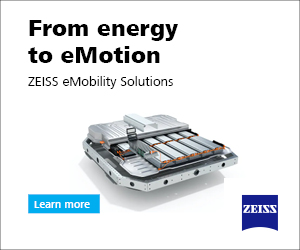The Infrastructure Investment and Jobs Act, aka the Bipartisan Infrastructure Deal—whatever you call it, it provides a plentiful pot of federal funding for EV charging infrastructure. When Charged spoke with former EPA official Margo Oge in January about the policy, we asked her how long it would take before the money starts to flow.
“I expect, based on what I’m reading, a pretty fast movement of those resources,” Ms. Oge told us. “The main reason I’m saying that is because there is huge expertise in these two departments, both the Department of Energy and the Department of Transportation. I have a lot of respect for both of those secretaries. I expect the money to get out very fast.”
Now we’re happy to report that she was correct—there is a sense of urgency to get the process rolling. Representatives of the DOE and DOT said at a recent EV charging summit that the guidance for states to submit proposals for public charging projects will probably be released in mid-February.
The federal government wants to start doling out the dollars this year, said Deputy Secretary of Transportation Polly Trottenberg. “You’ll start to see those dollars start to flow, I think I can safely say, in the coming months.”
The infrastructure plan, which President Biden signed into law last November, includes $5 billion in “formula funding” for states to use “to build a national charging network,” and an additional $2.5 billion for a competitive grant program designed to support “rural charging, improving local air quality and increasing EV charging access in disadvantaged communities.” A joint office of the DOE and DOT will oversee the funding, and states will be expected to collaborate with local communities and electric utilities to craft their projects.
Source: Bloomberg via The Business Download
